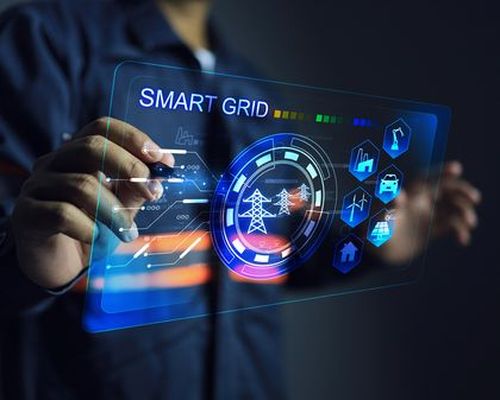
ITEA Challenge
Smart Energy

Introduction
The energy sector is a fast-moving industry undergoing transformation. The first driver is the reduction of greenhouse gas emissions linked to the production of energy in the fight against global warming, leading to the development of new renewable energy sources and the emergence of the new hydrogen sector. Next is the opening of the energy market with the birth of new energy providers and new players. The last trend is the objective of giving all energy users better control of their energy consumption, In this context, new software solutions must be developed to manage multi-energy systems, introduce flexibility to production/demand management, enable new business models, measure consumption, control energy usage and reduce costs for people and industry. Software solutions can contribute to the optimisation of renewable energy production, the accurate prediction of energy production and consumption, the real-time balance between energy supply and demand and the management of new charging or storage solutions.
Some facts and figures
- The world's total energy supply by source has grown from 6,100 Mtoe (millions of tonnes of oil equivalent) in 1971 to 14,300 Mtoe in 2018. [30]
- Today, only 26% of global electricity generation comes from renewables (solar, wind, hydro, biofuels and others).
- The energy sector (extraction, production and distribution) directly employs about 1.6 million people in the EU and generates an added €250 billion for the economy.
- 18 million net jobs can be created worldwide by 2030 through efforts to limit global warming to 2°C by the end of the century. [32]
- The power sector spent $5.2 billion on software in 2020 to optimise the performance, costs and revenues of generation and grid assets. [33]
- The estimated electricity consumption of ICT in 2015 was 2,300 TWh [31], which represents approximatively 5% of global electricity consumption.
Imagine …
Imagine…
Energy production and demand will be accurately predicted and a flexible energy storge infrastructure will be managed in order to maintain the real-time balance between energy delivery and consumption. This will lead to a significant reduction of greenhouse gas emissions with a more important role for renewable energy.
Wherever you find yourself, you will be able to plug your car into a charging station which will automatically detect and identify the vehicle. Your energy provider will be informed and will organise the charging of the car according to your constraints while optimising the cost.
At home and at work, new ICT management systems will optimise the accessibility and exchange of
information in order to reduce the energy footprint. Depending on your activities, the most efficient
option (email, streaming, shared content, storage, location of processing) will be implemented,
resulting in a significant decrease in the energy costs of ICT.
Imagine what is possible when we dare to dream, when we reach for the stars in a galaxy full of
opportunities
…
References
[30] https://www.iea.org/reports/key-world-energy-statistics-2020.
[31] Lean
ICT The Shift Project. March 2019.
[32] ILO (International Labour Organization), 2018.
[33] Bloomberg.












